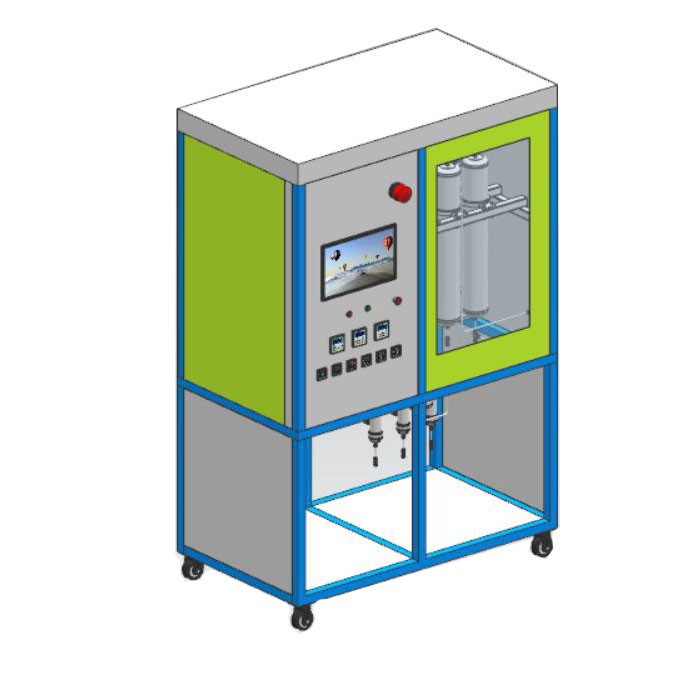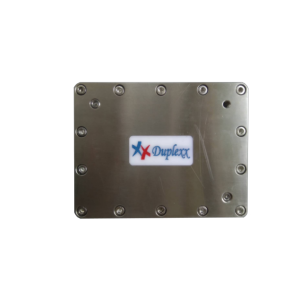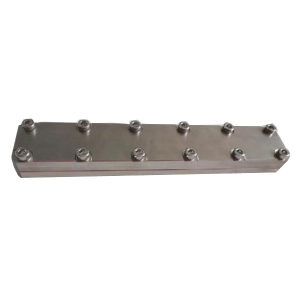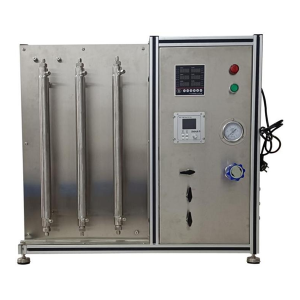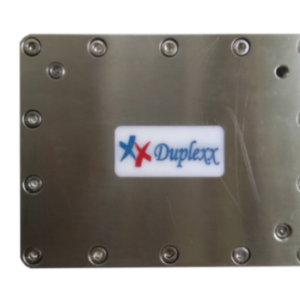| Working Process | Type | Toepassing |
| Reaction | Neerslagreactie, preparation of nanomaterials | Nano barium sulfate (50~70nm), nano zinc oxide (15~30nm), nano iron phosphate, nano cobalt carbonate, nano magnesium hydroxide (particle size≤70nm), carbon nanotube, calcium carbonate (particle size≤100nm), Cobalt hydroxide (particle size≤100nm), cuprous iodide (particle size≤20nm), cadmium sulfide selenide (particle size≤100nm), lithium carbonate (50~70nm) |
| Strong exothermic reaction, nitratie, sulfonation, epoxidation and other reactions | Mixed acid nitration to prepare isooctyl nitrate, which reduces the amount of mixed acid and improves the product yield; the preparation of p-nitrotoluene-o-sulfonic acid (NTS acid) has a continuous, efficient and safe reaction process, and basically no waste acid is generated | |
| Low temperature reaction | Butyllithium reaction | |
| Gas-liquid reaction, oxidation, chlorination, brominatie, fluorination, enz. | sobutyraldehyde is prepared by oxidation, the yield is increased to 94%, 2,4-dichlorophenol is prepared by the phenol chlorination method, and the reaction time is shortened to 10 minutes, and the yield is increased to 80% | |
| Synthesize | Pharmaceutical synthesis, pesticide synthesis, dye synthesis and other raw material synthesis processes | Sesquiterpenoids, oxadiazoles, hydrogen peroxide alcohol, acyl azide, ibuprofen, Gleevec, artemisinin, chlorophyll, pendimethalin, isooctyl nitrate, enz. |
| Emulsion | Oil-water emulsification, emulsion polymerization, pesticide/pharmaceutical emulsion, micro-emulsie, microcapsule, copper clad laminate, enz. | Mixing water and edible oil, soybean lecithin liposome, emulsification is more uniform, the effect is better than the traditional solution, and it can be stored for more than a week without breaking the emulsion; |
| Extraction | Wet phosphoric acid, desulfurization and denitrification, and COD removal | The amount of extractant can be greatly reduced; the consumption of extractant is greatly reduced; the process safety is greatly improved; emulsification is avoided; the occurrence of co-extraction can be reduced or even avoided, efficient separation can be achieved, and the number of extraction stages can be reduced |

